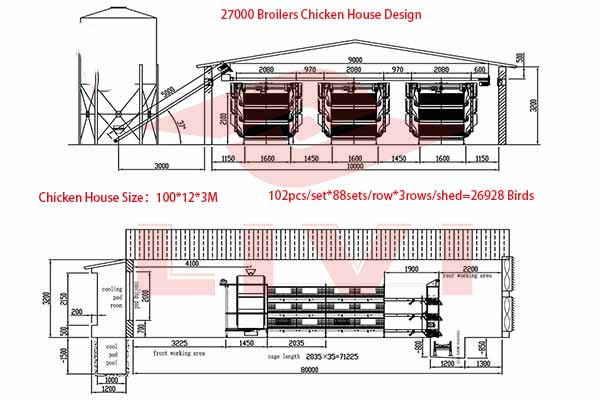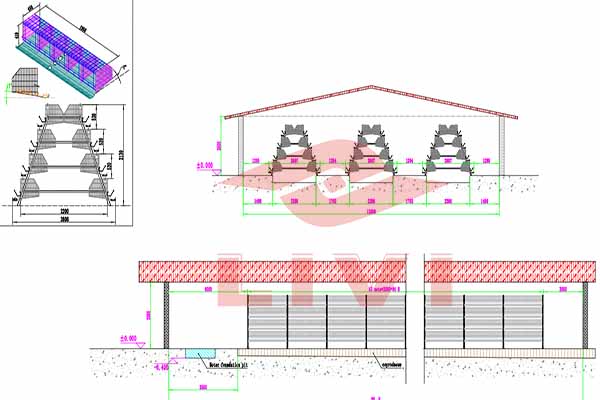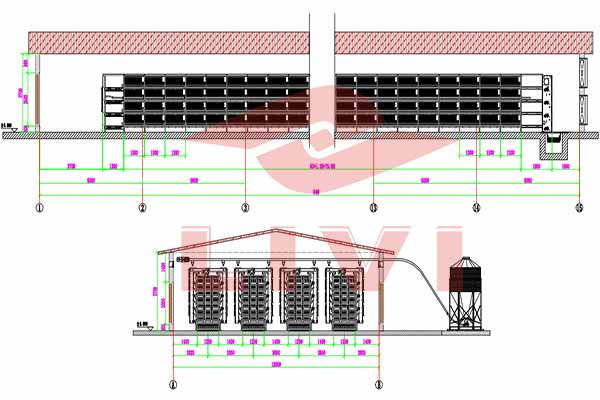Implementing a Chicken Battery Cage System for 180,000 Chickens in Zambia: A Comprehensive Guide
With the poultry industry booming in Zambia, the demand for efficient and scalable farming systems has surged. One of the most popular methods is the use of battery cage systems, which provide a controlled environment for chicken farming. This article will delve into the details of implementing a chicken battery cage system for 180,000 chickens in Zambia, covering key aspects such as design, installation, and benefits.
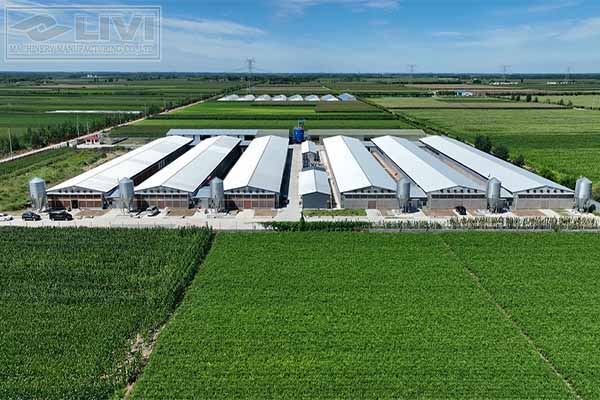
Designing the Chicken Battery Cage System
When designing a chicken battery cage system for 180,000 chickens, it is crucial to consider various factors to ensure optimal performance and efficiency. Here are some key points to keep in mind:
- Space Allocation: Each chicken requires approximately 0.6 square meters of space in a battery cage. This means you will need a total area of 108,000 square meters to accommodate all 180,000 chickens.
- Cage Specifications: Battery cages should be made of sturdy, non-toxic materials, such as steel or plastic. The height of the cage should be 60 cm to allow chickens comfortable access to food and water.
- Water and Feed Distribution: A reliable and automated system for water and feed distribution is essential to ensure that all chickens receive adequate nutrition and hydration. This system should be designed to minimize waste and ensure even distribution.
- Site Preparation: Clear the chosen area of any debris and ensure proper drainage to prevent waterlogging.
- Foundation Construction: Construct a solid foundation for the battery cage system, ensuring stability and durability.
- Cage Placement: Install the battery cages according to the design layout, ensuring a safe distance between each cage.
- Automation Systems: Install automated systems for water and feed distribution, temperature control, and ventilation.
- Monitoring and Maintenance: Set up a monitoring system to track the health and growth of the chickens, and schedule regular maintenance checks.
- Increased Productivity: Battery cage systems allow for a higher density of chickens, leading to increased productivity and higher yields.
- Health and Disease Control: The controlled environment of battery cages helps minimize the risk of diseases, leading to healthier chickens.
- Reduced Labor Costs: Automation systems streamline the farming process, reducing the need for manual labor and lowering labor costs.
- Consistency in Product Quality: Battery cage systems ensure consistent conditions for the chickens, resulting in a consistent product quality.
</u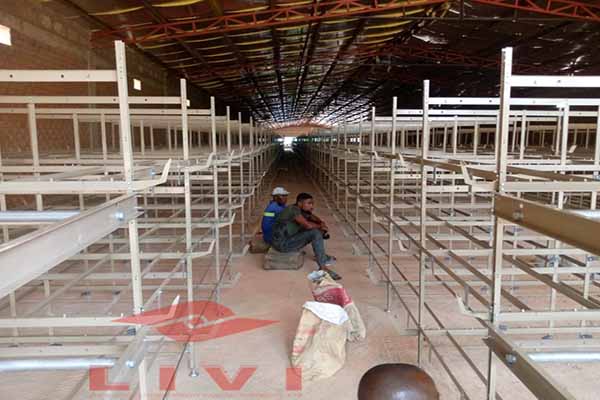 l>
l>
For the 180,000 chickens, you would require approximately 6,000 battery cages, considering a standard capacity of 30 chickens per cage.
Installation Process
The installation process of a chicken battery cage system involves several steps:
It is recommended to hire professionals with experience in chicken farming and automation systems to ensure a smooth installation process.
Benefits of Chicken Battery Cage Systems
Implementing a chicken battery cage system for 180,000 chickens in Zambia offers several benefits:
</u l>
l>
For a detailed analysis of the cost and benefits of implementing a chicken battery cage system for 180,000 chickens in Zambia, please consult our experts.
For more information or to request a free chicken farming design and equipment quote, please contact us.


